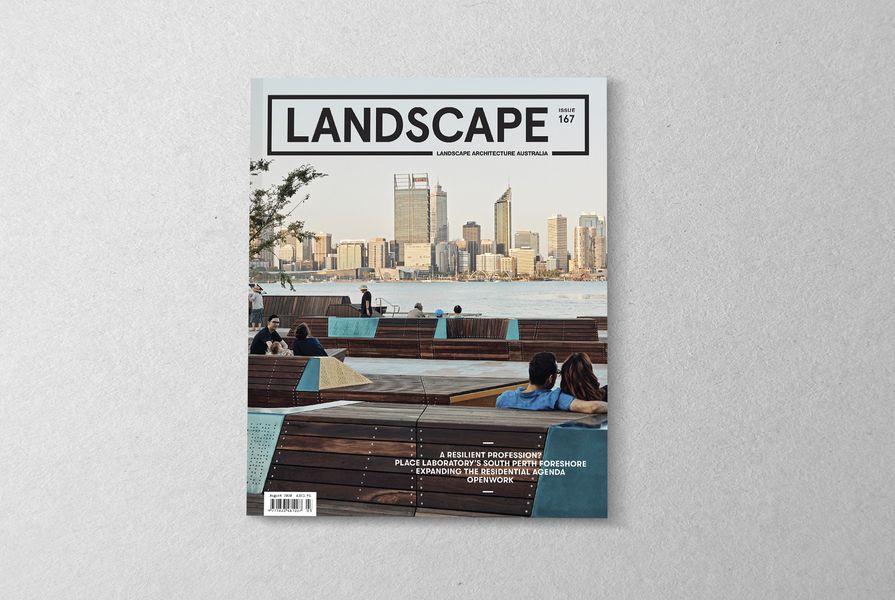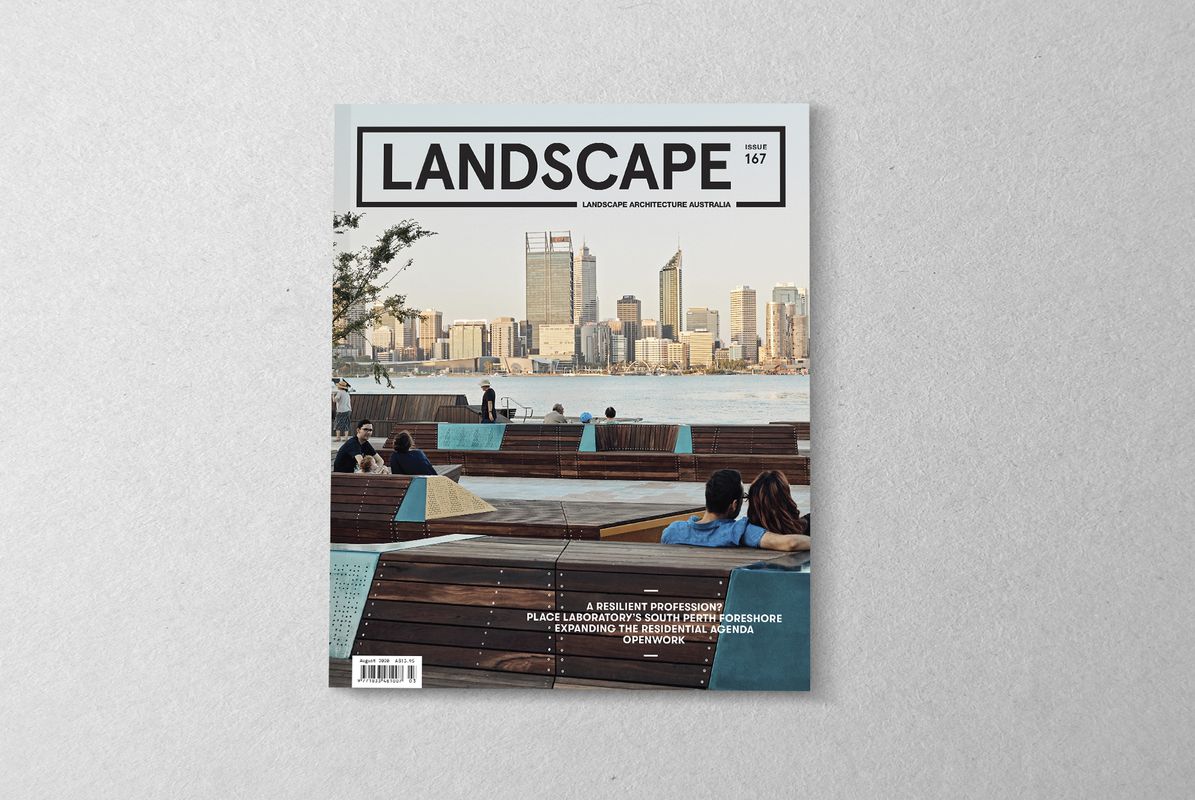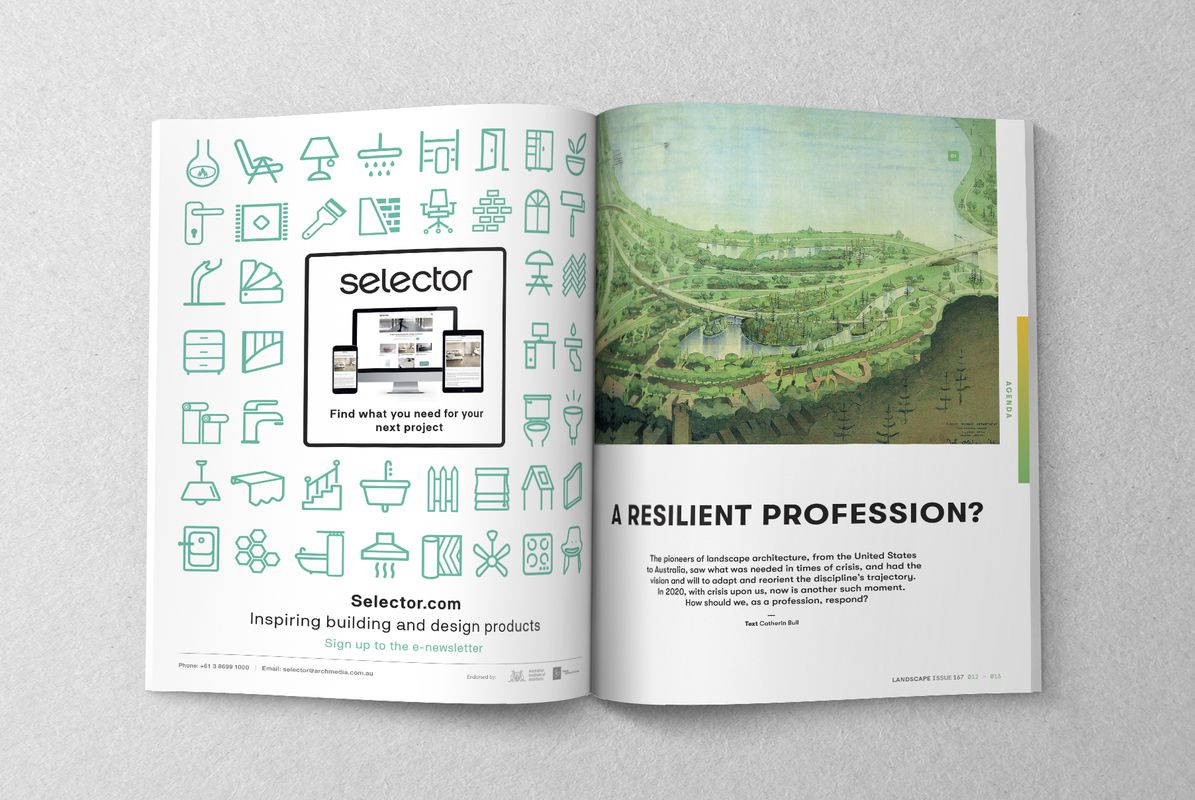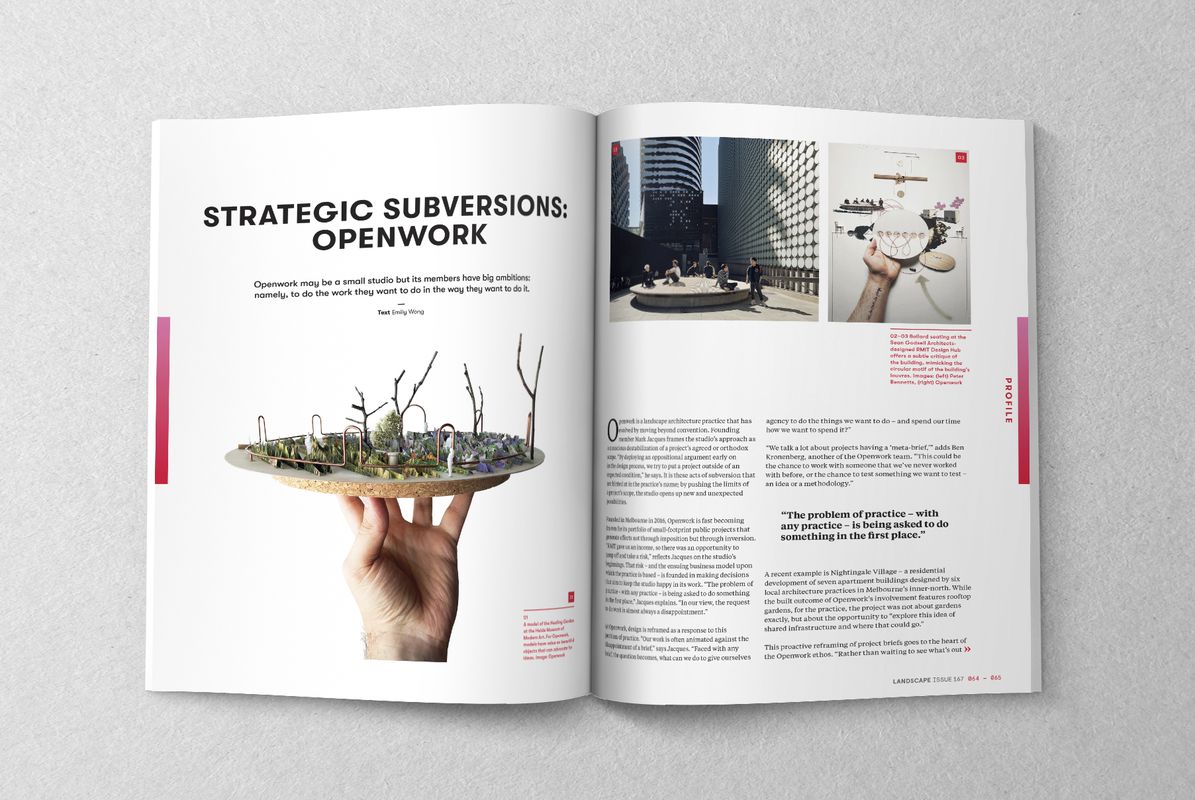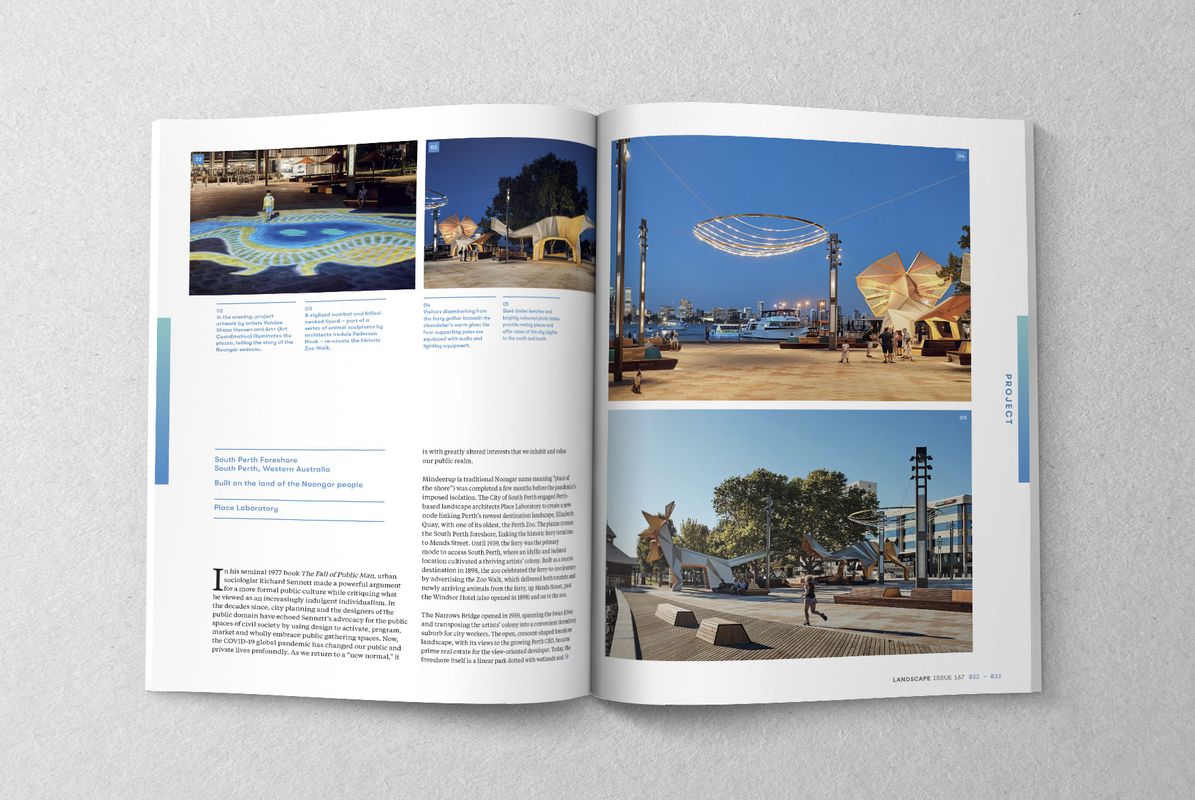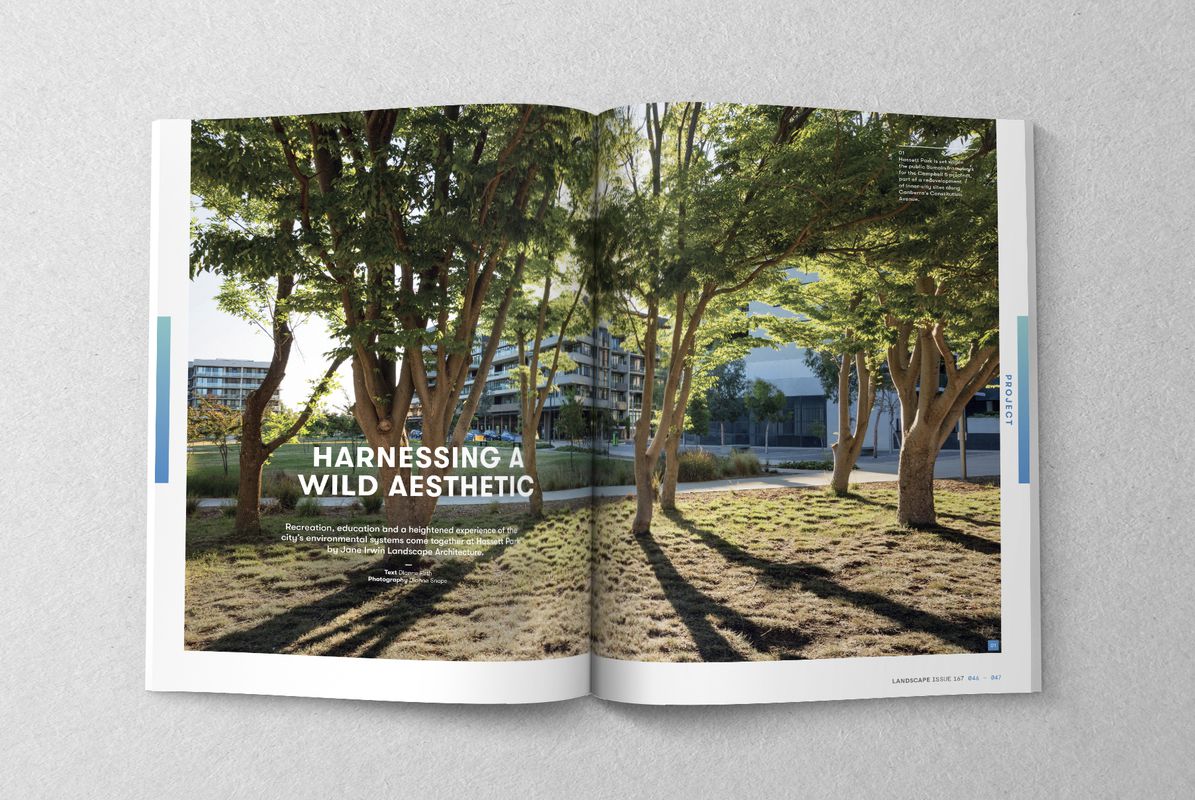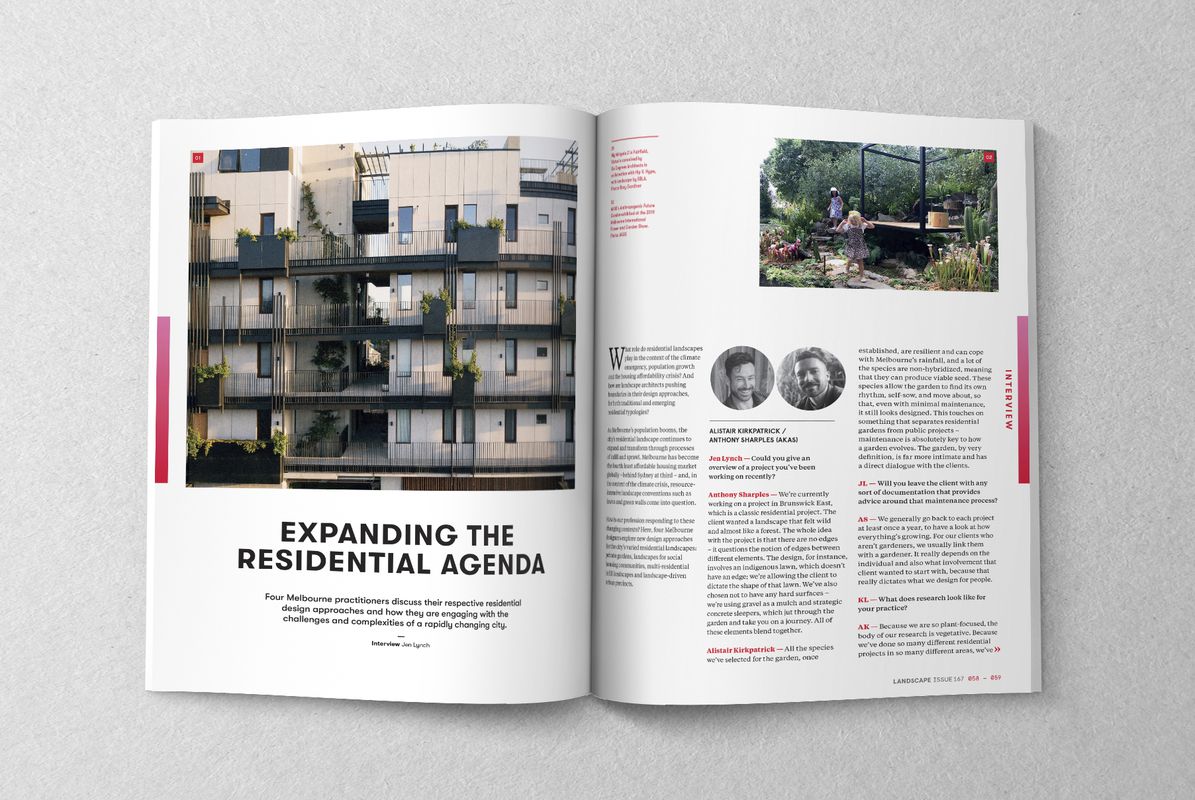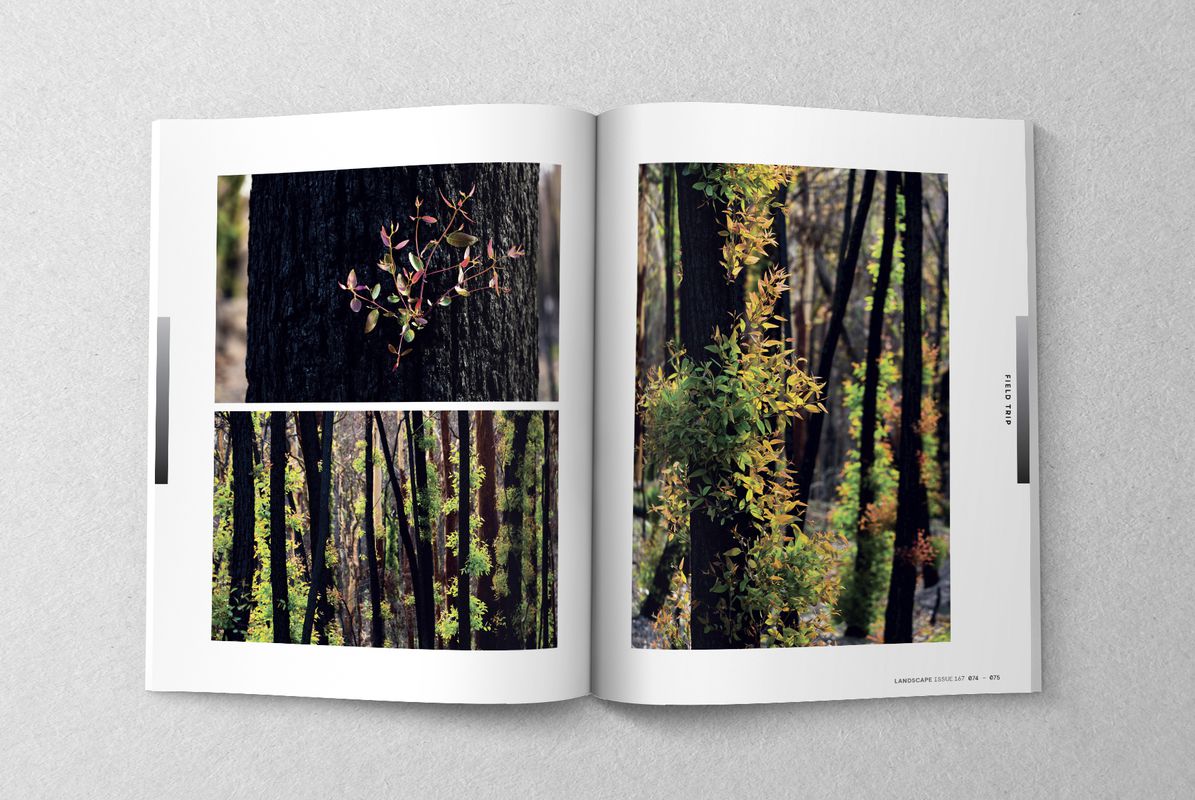The past few months have seen Australia facing enormous and rapid change. What we once thought of as “normal” has been turned on its head. As our May issue was going to print, COVID-19 social distancing restrictions were just coming into effect. As this August issue was reaching completion in mid-June, businesses had closed, unemployment had shot up and we’d been working at a distance from colleagues for almost three months. At the same time, the Black Lives Matter protests had erupted across Australian cities and around the world, even as a 46,000-year-old Aboriginal sacred site in Western Australia’s far north was tragically destroyed.
These events offer a stark reminder of the responsibility that comes with the design of public space and the values inseparable from it – including the right to gather freely and to engage in protest with others of common beliefs. To design public space means to design places that acknowledge and celebrate the First Nations people of Australia, reflect the vibrant diversity of our communities and embed, uphold and progress our commitment to the distribution of equitable and accessible open space.
As the nature of the pandemic has continued to shift and evolve, discussions around how we might design alternative futures in a post-COVID context have been highly animated, as citizens, practitioners and academics from all disciplines have collaboratively parsed the possibilities for a more resilient world.
Landscape architecture as a discipline emerged out of crises. As Catherin Bull argues in this issue [page 14], the pioneers of the field – from Frederick Law Olmsted to John Oldham –were often responding to the ravages of disease and economic ruin: “each saw what was needed in difficult times and was willing to engage in the wider world that surrounds practice, to argue for and adapt their environments and the way they were made.” How can we as a profession respond to the crises we face today?
There’s no doubt that now is the time for thinking big and thinking long-term. Now is the time for the profession to begin to examine new lines of force, to pursue fresh avenues of action and expand its expertise – to reimagine, reinvent and redefine. We look forward to exploring the myriad possibilities for engaging with these challenges – and plotting out possibilities for the “new normal” – here and in future editions.
– Emily Wong, editor
In this issue:
- A resilient profession? The year 2020 has brought crisis and change. How should the profession respond? Article by Catherin Bull.
- Reimagining the post-pandemic city. A renewed sense of urgency is propelling a greater push for long-term design approaches in our cities. Article by Gweneth Leigh.
- Educational effects. The move to online teaching has brought challenges and opportunities for Australian landscape architecture education. What can we learn from these experiences going forward? Article by Ricky Ricardo.
- At the river’s edge. The redevelopment of the South Perth Foreshore creates
a distinct node and renewed connections to the river. Review by Tinka Sack. - Provoking new encounters. The design for Prahran Square goes beyond traditional expectations for public space. Review by Ian Woodcock.
- Harnessing a wild aesthetic. Hassett Park blends recreation, education and the city’s environmental systems. Review by Dianne Firth.
- Cultivating connections. Cultural burning practitioner Oral McGuire speaks about collaboration and traditional land management strategies. Interview by Rosie Halsmith.
- Expanding the residential agenda. Four practitioners discuss their residential design approaches and how these are responding to the challenges of a rapidly changing city. Interview by Jen Lynch.
- Strategic subversions. By pushing the limits of each project’s scope, Openwork is opening up new and unexpected possibilities. Profile by Emily Wong.
- After the fires. Along the New South Wales coast, areas of bushfire-burnt forest are slowly beginning to regenerate. Photos by Drew Echberg.
- Landscape Architecture Criticism. A book by New Zealand-based academic Jacky Bowring brings the long-overdue consideration of landscape criticism to the fore. Review by Tanya Court.
- The Politics of Public Space. The first volume in a series by Office touches on some of the most politicized interventions within the City of Melbourne. Review by Fiona Johnson.
- First project. In the inaugural piece in our new series, Sue Barnsley
reflects on her 1989 design for the landscape of Magney House, Paddington.
Source
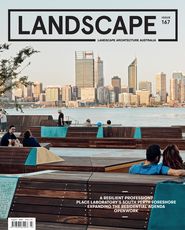
News
Published online: 3 Aug 2020
Words:
Emily Wong
Issue
Landscape Architecture Australia, August 2020

